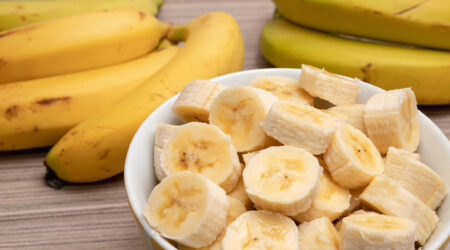
Top 12 Foods for Increasing Potassium Intake
Potassium is a vital mineral that contributes to numerous bodily functions, including muscle contraction, nerve transmission, and fluid balance. That’s why adequate potassium intake is important for maintaining optimal health and preventing unwanted complications. When dealing with a deficiency of this mineral, one should incorporate potassium-rich foods into their daily meals to meet daily nutrient requirements. One should also recognize the symptoms of this deficiency to increase their potassium intake. Top potassium-rich foods Potassium is an essential mineral that plays a crucial role in maintaining bodily functions, including nerve and muscle function, fluid balance, and blood pressure regulation. It also helps maintain a healthy heart rhythm and can reduce the risk of stroke, kidney stones, and osteoporosis. Here are some of the best sources of this nutrient one can find: Sweet potatoes Sweet potatoes are an excellent source of potassium, fiber, and essential vitamins. One medium-sized sweet potato can provide about 542 mg of potassium. So, sweet potato is a great option for maintaining healthy blood pressure and cardiovascular health through high potassium intake. Spinach Spinach is a highly nutritious leafy green vegetable packed with vitamins, minerals, and antioxidants. One cup of cooked spinach provides about 839 mg of potassium. Regular intake helps regulate the fluid balance in the body and maintain muscle and nerve function. Avocado Avocado is a nutrient-dense fruit containing potassium, healthy fats, and fiber. One medium-sized avocado contains about 708 mg of potassium. The high potassium content helps maintain healthy blood pressure and reduce the risk of stroke. Acorn squash Acorn squash is a winter squash rich in potassium, fiber, and essential nutrients. One cup of cooked acorn squash provides about 896 mg of potassium and helps support healthy muscle function and prevent muscle cramps. Salmon Salmon is a great source of omega-3 fatty acids and potassium.
Read More 









